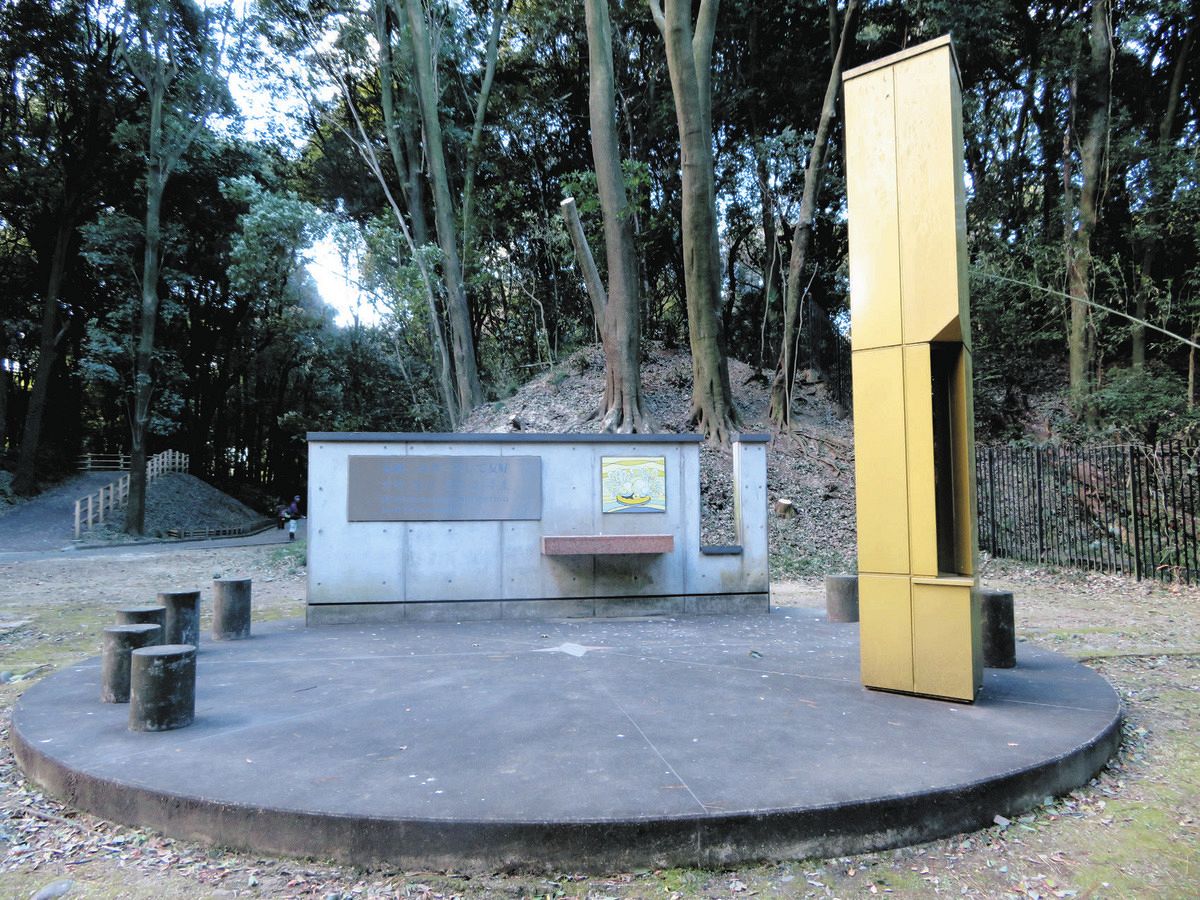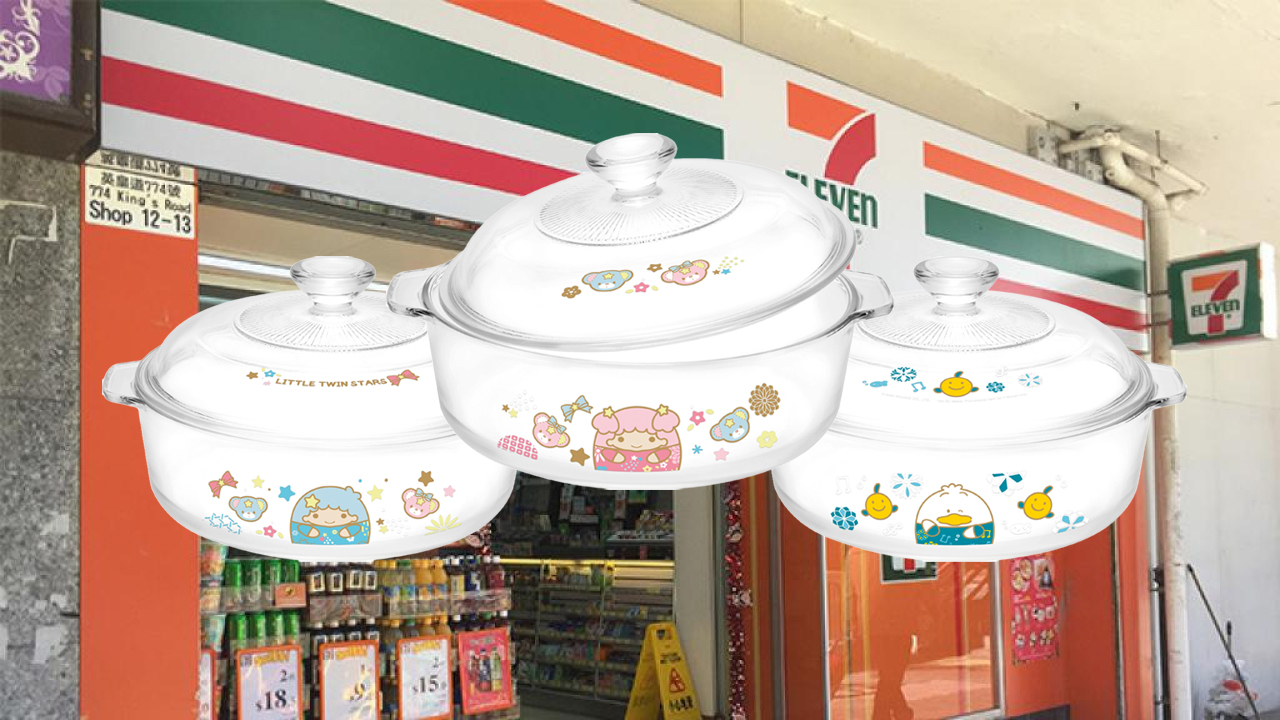The prefectural government has decided to remove the memorial monument for Koreans in Gunma no Mori, a prefectural park in Takasaki City, Gunma Prefecture. The monument commemorates the Korean victims of labor mobilization during the war, but the prefecture has refused permission to renew its installation. Although the Supreme Court ruled in favor of the prefecture’s claim in 2022, protests calling for its continuation continue across the country. Even in Tokyo, Korean residents in Japan and others are appealing, “Let’s not forget history.” (Kyoko Ando)
◆“This is because it is both a public place and a war ruin.”
Gunma Forest was once the site of the Army’s Iwahana Gunpowder Factory. In a corner dotted with buildings that used to be gunpowder factories, the ruins of a firing range, and a monument commemorating the birthplace of Japan’s first manufacturing of dynamite, there is a memorial monument for Koreans. The 4-meter-tall golden tower, inlaid with reliefs of pigeons and extending toward the sky from a circular pedestal, is impressive.
A memorial monument for Koreans in Gunma Forest is engraved with the words “Memory, Reflection, and Friendship.”Trees are being cut down in the area as proxy execution is expected in Takasaki City, Gunma Prefecture
“It expresses our feelings of mourning for the souls of people who are unable to return to their homelands.” Masato Ishida (71) of the “Society for Preservation of the “Memory, Reflection, and Friendship” Memorial Monument,” a civic group that manages the monument, explains. He said, “Gunma Forest is a public place visited by many citizens of the prefecture, and it is also a war site, so it is meaningful to place the monument as a place to think about the history of colonial rule, ethnic discrimination, and the state of human rights.” Put effort into it.
More than 6,000 Korean workers in the prefecture worked at various sites such as the Gunma Iron Mine (Nakanojo Town), the Nippon Shipped Electric Power Co. Iwamoto Power Plant construction (Numata City), and the Nakajima Aircraft underground factory construction (Minakami Town). It is said that labor was mobilized.
◆If “forced abduction” is mentioned at a memorial ceremony…the installation will be refused permission
An investigation team formed by prefectural residents in 1995, 50 years after the end of the war, investigated the hidden historical facts. A “build-up group,” mainly made up of members, collected donations, and in 2004, the memorial monument in Gunma Forest was built.
Mr. Ishida prays for the continuation of the memorial monument in Takasaki City, Gunma Prefecture
A memorial ceremony has been held every year by the successor group, the Protecting Association, but in 2012, a complaint was made to the prefecture asking the prefecture to remove the monument, saying that the inscription was “anti-Japanese,” citing that participants had mentioned “forced abduction.” Ta. In response to these protests, the prefecture refused permission to renew the license in 2014. This is because it violated the conditions of its establishment, which stipulated that it would not hold political events.
The Protector’s Association sued the prefecture for renewal, and although it won at the Maebashi District Court in 2018, the decision was reversed at the Tokyo High Court in 2021. The group’s defeat at the Supreme Court was determined to be legal, ruling that the monument itself was a cause of political conflict and that it had lost its purpose.
◆Protests in front of Gunma Prefectural Office and Shinjuku Station
The problem has been rapidly developing this year.
The prefecture had asked the association to remove the building by December of last year, but since it did not comply, the prefecture decided this month to have the building removed by proxy.
A street rally called on passersby to “don’t destroy the Korean memorial monument” at the east exit of JR Shinjuku Station on the 7th.
Alarmed prefectural residents voiced their opposition to the demolition in front of the prefectural office and station every day, and on the 20th, a prefectural residents’ meeting was held that attracted 250 people.
A solidarity stand was also held at the east exit of Shinjuku Station in Tokyo on the 7th of this month, and author Kei Nakazawa also participated. “If we nullify the efforts of the prefectural residents who built the friendship monument, the foreigners who currently live in Gunma Prefecture will not be able to work in peace,” he said, calling for the removal of the monument.
This month, the group also filed a petition with the Maebashi District Court to suspend the proxy execution process. In October last year, the prefecture filed a new lawsuit with the Maebashi District Court seeking to cancel the decision that denied permission to renew the installation, and the controversy in court has begun again.
◆Group calling for removal “It should be in the national interest”
One of the groups that has called for the monument to be removed is the Japanese Women’s Association Soyokaze. Soyokaze also advocates for the removal of the memorial monument for Korean victims killed in false rumors during the Great Kanto Earthquake, located in Yokoamicho Park (Sumida Ward). At a rally held at the same park in 2019, a participant said “Futei Koreans,” which the Tokyo metropolitan government deemed hate speech under the Human Rights Ordinance.
I asked Soyokaze why he was asking for the memorial monument to be removed, but he did not give a direct answer, and on the 20th, he posted on his blog what he said was a response to reporters. He said, “The national and local governments should comply with the court’s ruling in light of the national interest.”
Participants voice their opposition to the removal in front of the Gunma Prefectural Office after a prefectural assembly in Maebashi City.
However, there are many objections to the judicial decision. Masaki Fujii, an associate professor of constitutional law at Gunma University who is the author of “Verification: Gunma Forest Korean Memorial Monument Trial,” believes that the description of the inscription is within the scope of the government’s opinion, including regarding Japan’s colonial rule. Point out. “The inscription on the Gunma Forest monument was changed from “forced recruitment” to “labor mobilization” by the construction association in consultation with the prefecture.Even if political statements are made in front of the monument, the character of the monument is physically and objectively changed. Nothing has changed,” he questioned.
“If there are pros and cons about the expression on the monument, it is democracy and the prefecture’s responsibility to provide a forum for discussion, rather than banishing the monument,” Associate Professor Fujii said. A memorial ceremony in front of the monument has not been held in over 10 years, and there is no longer any reason to take the heavy punishment of removing it. “Rather, the prefecture is biased toward right-wing arguments calling for its removal, and is aiding historical revisionism that dismisses Japan’s responsibility for the disaster.”
◆Administrative and judicial responses that intensify the incitement of discrimination
During a stand-up in Tokyo on the 7th to protest the removal movement, groups condemning the people who took to the streets also rushed in, shouting insults and inciting violence. The decisions of Gunma Prefecture and the courts are giving momentum to inciting discrimination.
A scene of commotion with citizens wary of hate speech and police officers at the east exit of Shinjuku Station on the 7th.
Despite being exposed to abusive language, Kim Sung-jae (71), a third-generation Korean living in Japan, said, “The regrets of the Koreans who died in Japan during the war are buried in various places. Don’t forget history.” he complained. As a member of the “Japan-Korea Reconciliation and Peace Platform” created by Japanese and South Korean organizations, he has been calling for the resolution of historical issues and the denuclearization of East Asia. “I believe that the monument in Gunma Prefectural Park is the conscience of Japan, and as a descendant of those involved in the crime, I have used it as a place of spiritual support.I had hoped that it would serve as a foundation for us to live together in Japan, but now it has been removed. There is a very strong sense of crisis.”
According to historical researcher Yasuhito Takeuchi, the reason behind avoiding the word “forced abduction,” which had become an established historical term and was even included in textbooks, is the lack of recognition of Japan’s colonial rule and invasion since the late 1990s. There is a rise in history denialism. Around 2012, when the second Abe administration was inaugurated, hate speech intensified, and movements arose in various places to demand the removal of monuments and information boards telling the history of forced recruitment.
◆What we need to do is understand the victims and the labor situation.
“The Gunma Forest monument is a historical fact.The claim to deny the forced nature of labor mobilization is itself political, but if it causes a disturbance, it could be removed.” Takeuchi worries about the current situation.
Protests by the “Protect Association” held daily in front of the Gunma Prefectural Office = Maebashi City on the 15th
At the construction site of the Iwamoto Power Plant, where approximately 1,000 Koreans were mobilized, according to the company history of Hazama-gumi, the company that undertook the work, deaths continued to occur due to chronic starvation and harsh work. , and there were a number of fugitives. Takeuchi has confirmed deaths from illness, injury, and air raids from burial and cremation records in Momono Village (now Minakami Town) and monuments in Ota City, and believes there are many more victims.
Companies submit the required number of mobilizations to Gunma Prefecture, and the Japanese government uses the approved number to allocate mobilization locally through the Korean Governor-General’s Office, and Koreans brought to Japan work in the field responsible for national policy under the supervision of the police. did. “What the prefecture, which played a part in the forced recruitment, should do is not remove the memorial monument, but conduct an investigation into the actual situation of labor mobilization, including ascertaining the number of dead. Isn’t it the historical responsibility of
◆Desk memo
What incited the massacre of Koreans in the Great Kanto Earthquake was the actions of the military and police, who gave credence to the false rumors. Unfortunately, rumors and discrimination during disasters are not a thing of the past. Lives cannot be saved if countries and local governments fail to demonstrate a stance of not allowing discrimination. Rather than unconsciously inciting discrimination, we have no choice but to learn from history. (Western)
2024-01-22 03:00:00
#Gunma #Forest #Korean #Memorial #Monument #removed #behalf #others…Will #political #conflict #protests #wont #stop #Tokyo #Shimbun #TOKYO #Web


